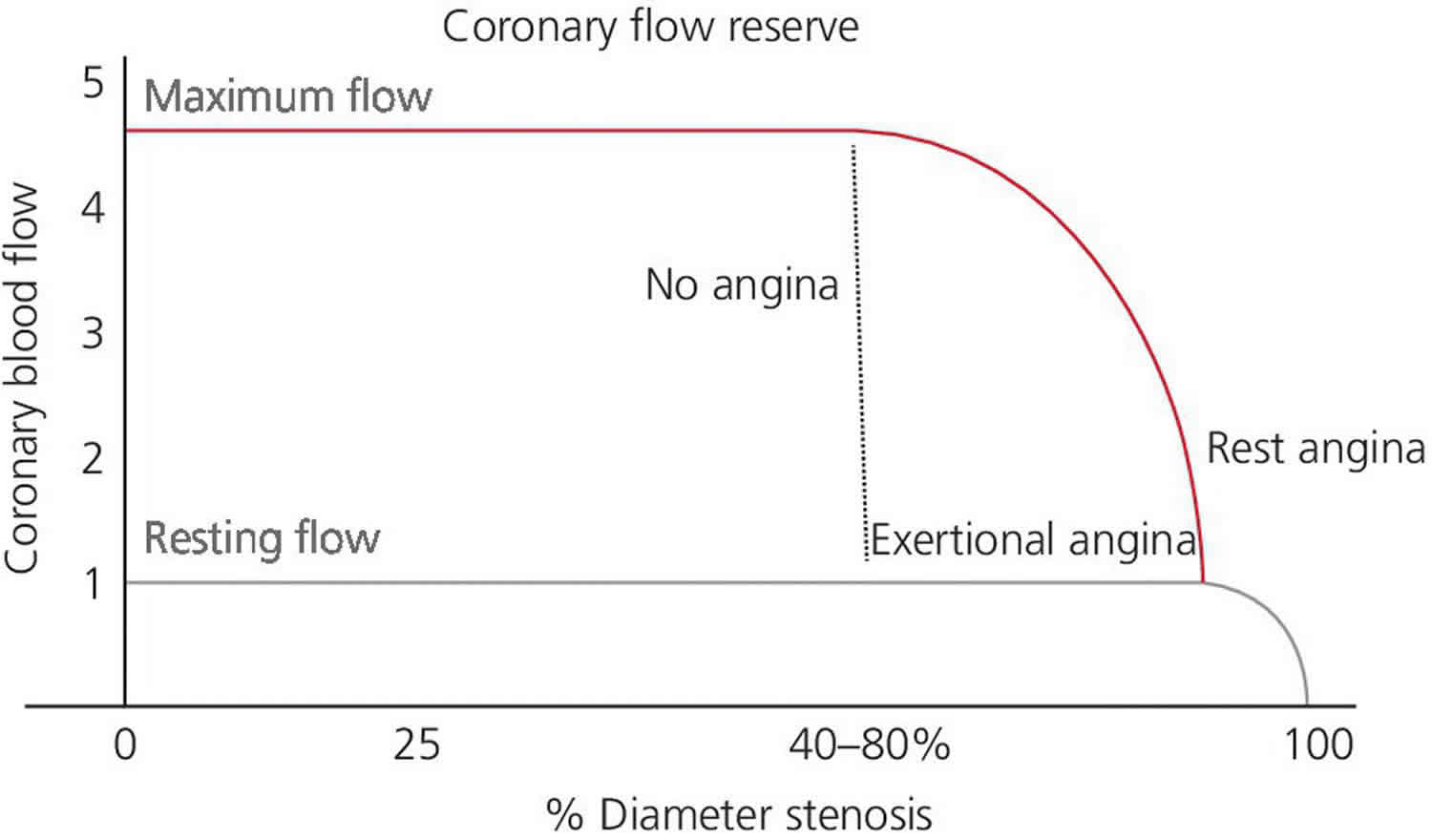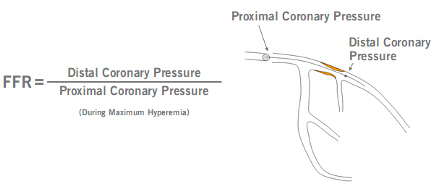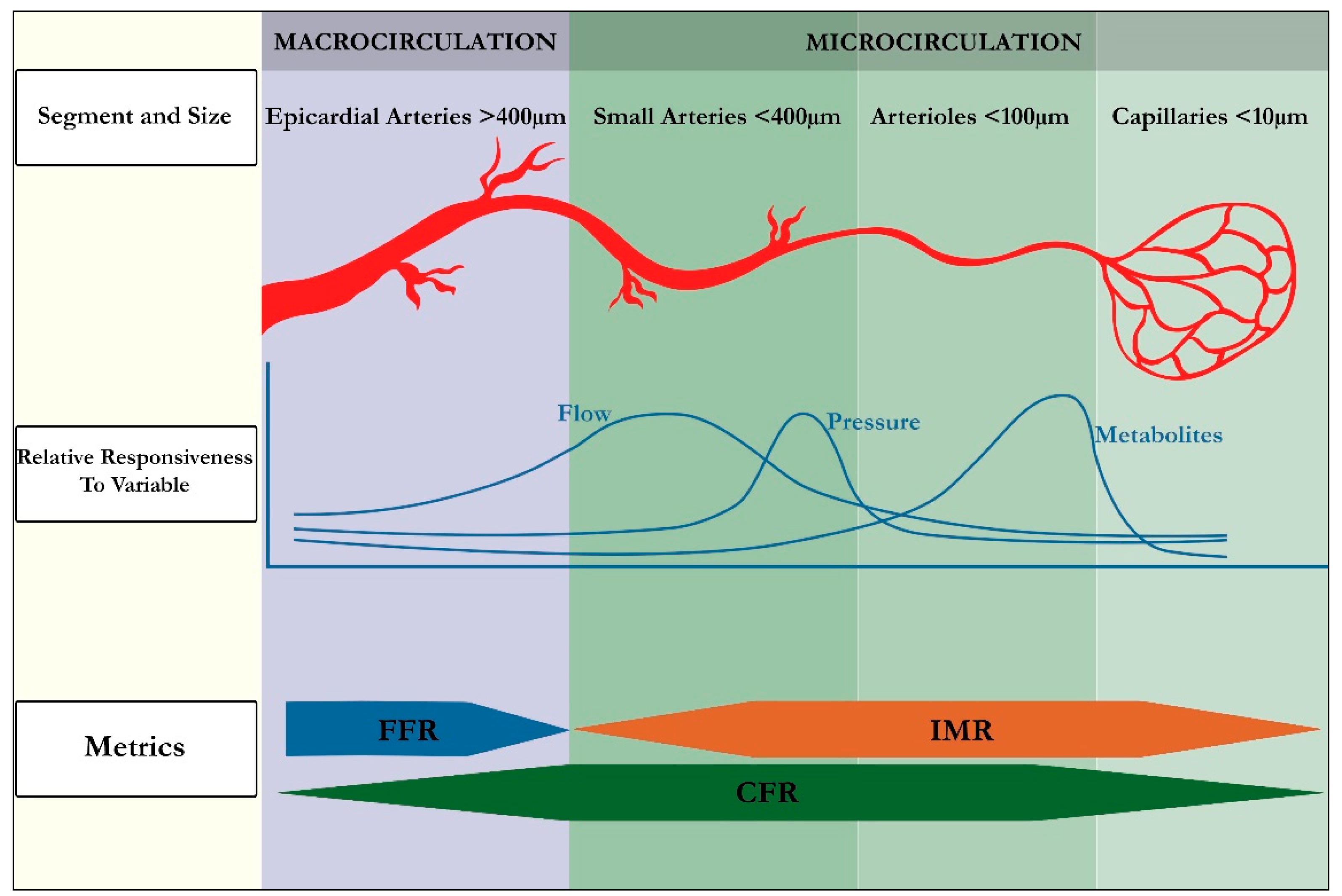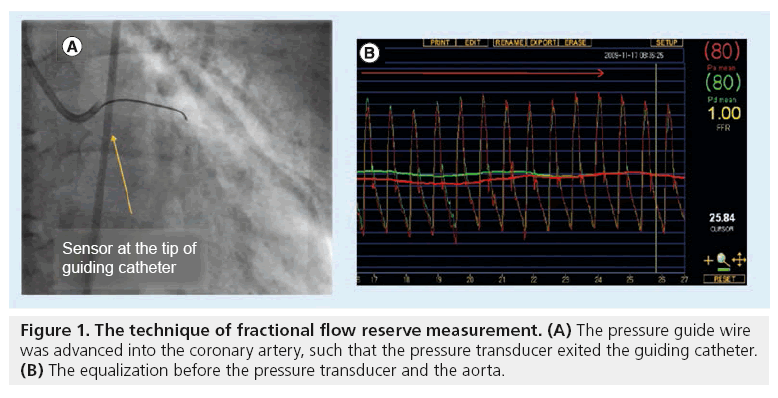fractional flow reserve test
Fractional flow reserve FFR invasive coronary physiology measurements with coronary guidewires with a pressure sensor located near the tip has become routine in most catheterization labs. 3 Intracoronary catheter pressure measurement before and after the stenosis are compared and FFR of 080 correlates with a 20 pressure drop after the stenosis.

Fractional Flow Reserve Ct In A 61 Year Old Male With Typical Angina Download Scientific Diagram
FFR-guided percutaneous coronary intervention in stable coronary artery disease has been assessed in three seminal clinical trials and the indications for FFR assessment are expanding into other clinical scenarios.

. In other words some blockages may not necessarily cause enough decrease in oxygenated blood flow to the heart to lead to. Fractional flow reserve FFR derived by standard acquired coronary CTA FFR CT enables computational assessment of coronary blood flow and pressure12 FFR CT has high diagnostic performance1315 also in patients with high calcific burden16 and since the FFR CT model incorporates the microcirculatory resistance12 in patients at high risk. The following are key points to remember about the accuracy prognostic implications and limitations of fractional flow reserve FFR.
It is a guide wire-based procedure that determines the ratio between the maximum achievable blood flow in a diseased blood vessel coronary artery and normal maximum flow. Fractional flow reserve FFR is an index that can be measured with a coronary pressure wire in a patient with a moderate narrowing of unclear significance. 2 11 12 FFR is defined as the ratio of the measured pressure distal of a coronary stenosis Pd in relation to the pressure proximal to the stenosis usually aortic.
FFR uses a small sensor on the tip of the wire to measure blood pressure and flow in your artery. FFR is an invasive procedure used during coronary angiography to determine the functional significance of coronary stenoses. A fractional flow reserve FFR is a procedure done during cardiac catheterization to estimate the degree of blockage in the coronary arteries.
CT Fractional Flow Reserve FFR Analysis for Coronary CTA Studies. Its use is particularly helpful in intermediate or angiographically ambiguous lesions in the absence of noninvasive functional studies. Fractional Flow Reserve FFR is a tool that is used by an interventional cardiologist to determine whether or not a blockage that is moderate to severe on angiography is physiologically or clinically significant.
To evaluate lesion-specific ischemia FFR CT is measured 2 cm distal to a stenotic lesion. Fractional flow reserve FFR is an invasive procedure used during coronary angiography to determine the functional significance of coronary stenoses. CT fractional flow reserve FFR CT is a physiologic simulation technique that models coronary flow from routine coronary CT angiography CTA.
Randomized clinical trials have reported improved clinical. Fractional flow reserve FFR is an invasive procedure used during coronary angiography to determine the functional significance of coronary stenoses. Fractional Flow Reserve FFR will be performed at the same time as your coronary angiogram.
Fractional flow reserve FFR measurement involves determining the ratio between the maximum achievable blood flow in a diseased coronary artery and the theoretical maximum flow in a normal coronary artery. FFR CT greater than 08 is normal 07608 is borderline and 075 or less is abnormal. The coronary pressure wire is a small wire with a pressure sensor near its tip that can be placed beyond the moderate narrowing.
Fractional flow reserve FFR is a diagnostic test that measures the blood flow in a diseased artery. Overall FFR is a useful adjunct to coronary angiography that allows precise quantification of. Fractional Flow Reserve for the Diagnosis of Flow-limiting Coronary Artery Disease Coronary stenosis severity and lesion-level ischaemia can be assessed invasively based on the myocardial fractional flow reserve FFR resting distal coronary pressure to aortic pressure ratio PdPa during hyperaemia and the ischaemic threshold 080 223132 see Figure 1.
Results are displayed on a monitor along with. Fractional flow reserve FFR is a reference invasive diagnostic test to assess the physiological significance of an epicardial coronary artery stenosis. Coronary CT angiography Coronary CTA is a highly accurate test for non-invasive diagnosis of coronary artery disease CAD.
Coronary CTA enables the characterization of coronary artery disease burden from significant obstructive plaque to mild non. An FFR lower than 075-080 is generally considered to be associated with myocardial ischemia MI. FFR is the ratio of the coronary pressure beyond the narrowing compared to the pressure before the.
FFR and CFR generally have a positive association such that low CRF correlates with. This procedure involves inserting a very thin guide wire through a diagnostic catheter into your groin or wrist and up into your coronary artery. FFRCT identifies exactly where low blood flow exists and indicates how severe the blockage may be.
Fractional flow reserve is considered the gold standard for assessing the hemodynamic significance of intermediate coronary stenosis by measuring the pressure difference across a coronary artery stenosis. The University of Chicago Medicine is one of a few hospitals using fractional flow reserve derived from CT FFRCT a new advanced technology that provides detailed information about your heart and how blood flows through your arteries. Fractional flow reserve FFR is the invasive physiologic gold standard for assessing the clinical significance of coronary arterial stenosis while CFR also known as myocardial flow reserve or MFR is the noninvasive gold standard for assessing the clinical significance of a given coronary stenosis.
Its use is particularly helpful in intermediate or angiographically ambiguous lesions in the absence of noninvasive functional studies. Reduced blood flow can lead to. Background Fractional flow reserve FFR defined as the ratio of maximum flow in the presence of a stenosis to normal maximum flow is a lesion-specific index of stenosis severity that can be calculated by simultaneous measurement of mean arterial distal coronary and central venous pressure P a P d and P v respectively during.
This blockage or narrowing called stenosis reduces the amount of blood that can flow through your vessels. An FFR of 10 is widely accepted as normal.

Coronary Flow Reserve And Fractional Flow Reserve Uses Complications

Fractional Flow Reserve Ffr Cathlab Com

Fractional Flow Reserve Ffr Fractional Flow Reserve Ffr Is Used By Apollo Gleneagles Medium

The Distribution Of Values For Fractional Flow Reserve Ffr Download Scientific Diagram

Fractional Flow Reserve Ffr In The Presence Of Serial Stenoses In A Download Scientific Diagram

Jcm Free Full Text Invasive Evaluation Of The Microvasculature In Acute Myocardial Infarction Coronary Flow Reserve Versus The Index Of Microcirculatory Resistance Html

Invasive Fractional Flow Reserve Ffr In The Catheter Laboratory To Download Scientific Diagram

Fractional Flow Reserve Simple Knowledge Base

Fractional Flow Reserve Market By Kbv Research Issuu

Concept Of Fractional Flow Reserve Fractional Flow Reserve Ffr Is Download Scientific Diagram

Fractional Flow Reserve An Overview Sciencedirect Topics

Fractional Flow Reserve Coronary Flow Reserve Imr Microvascular Resistance

Impact Of Hydrostatic Pressure On Fractional Flow Reserve In Vivo Experimental Study Of Anatomical Height Difference Of Coronary Arteries Journal Of Cardiology

Fractional Flow Reserve Coronary Cta Youtube

Fractional Flow Reserve A New Paradigm For Diagnosis And Management Of Patients With Coronary Artery Disease

Theoretical Expressions Of Ffr And Cfr Ffr Can Be Expressed As A Download Scientific Diagram

Coronary Flow Reserve And Fractional Flow Reserve Uses Complications

Fractional Flow Reserve Ffr Baseline Pressure Distal Pd And Aortic Download Scientific Diagram
The Evolving Story Of Fractional Flow Reserve Ct Cardiac Interventions Today